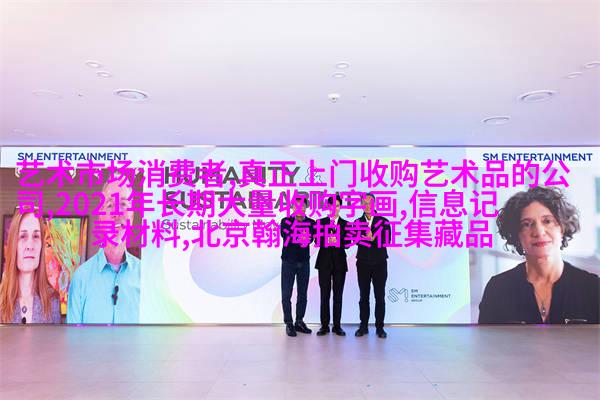舞蹈艺术教育的体系构建
介绍

舞蹈作为一种古老而独特的表演艺术形式,深受人类情感和文化传承的影响。它不仅是一种美术表现形式,更是人类精神生活的一部分。在教育领域,舞蹈被视为培养学生审美能力、创造力和身体协调性的重要工具。然而,舞蹈教育并非一成不变,它需要不断地适应时代发展和社会需求,从而形成一个完善的体系。
舞蹈艺术教育分类

dance education can be broadly categorized into several types, including:
学科性舞蹈教育:在学校课程中作为必修或选修课进行教授。
特色舞蹈教育:如芭蕾、现代、民族等专业性的舞台表演项目。

社会性舞蹈教学:如社交舞、健身操等实用性较强的活动。
学科性舞蹈教育
在学科性舞蹈教书中,我们首先要明确目标,即使学生掌握基本的音乐与动作知识,同时增进体验与理解。这类教学往往融入多个学科,如音乐理论、历史研究以及心理健康,这些都有助于全面发展学生。

特色dance education
这类教学以专业化为核心,将学生引导进入更高层次的技艺学习。例如芭蕾教室通常会从基础步法开始,然后逐渐提升到复杂动作组合,而现代或民族风格则侧重于自由表达和文化传承。

社会性dance teaching
对于此类教学,其主要目的是为了提高个人身体素质或者成为社交活动的一部分,如婚礼庆典中的第一跳。这些课程常常注重乐趣和参与度,为不同年龄段的人群提供了适宜的学习环境。
教学方法与策略
dance educators employ a variety of methods and strategies to ensure students receive the best possible training.
分级分层:根据不同水平对学生进行分组,以便每位同学都能接受最适合自己的训练。
实践操作:通过实际上场来加深理解,并通过反馈机制调整技术细节。
视觉辅导:利用影像技术记录并分析学生动作,从而帮助他们改进技巧。
教育资源整合
dance educators must integrate various resources to create a comprehensive learning environment.
人才培养计划:包括教师培训、高水平比赛选拔等措施,以保证人才队伍质量。
设施设备配备:提供良好的训练空间,如大型剧院、小型工作坊,以及必要的心理健康支持系统。
国际交流与合作
international collaboration plays an increasingly important role in contemporary dance education.
未来展望
As the world becomes more interconnected, we anticipate that dance education will continue to evolve, incorporating new technologies and artistic approaches while maintaining its core values.
10 结论:
dance is not only an art form but also an integral part of human culture and communication; it has the power to bring people together across boundaries of language, ethnicity and socio-economic status.Dance education should strive towards inclusivity, diversity and innovation while preserving its rich heritage.The future holds great promise for this dynamic field as it continues to adapt and grow alongside global society's evolving needs and aspirations for creativity, self-expression and community building through movement